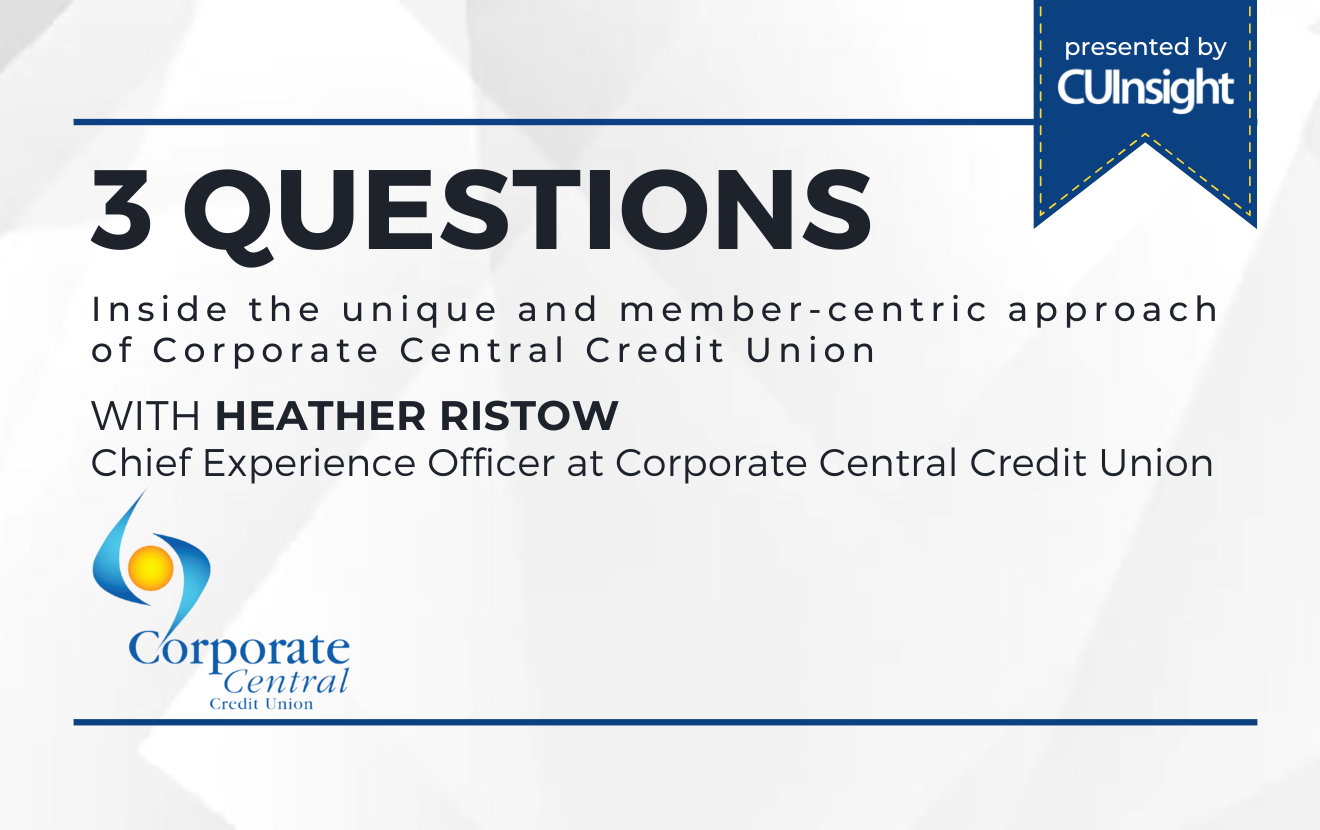Just about 2 months ago, Facebook announced changes to its algorithm—the magic formula behind what posts appear (or don’t) on your News Feed—to help people focus on friends and family first.
These changes were more significant than simple back-end performance adjustments. Facebook explained how it was bringing back that special (Facebook) feeling by returning to their original values: connecting people with friends and family. Adam Mosseri, Facebook’s VP of Product Management explained, “our top priority is keeping you connected to the people, places and things you want to be connected to—starting with the people you are friends with on Facebook. That’s why if it’s from your friends, it’s in your feed, period.”
First, the bad news. This can present a challenge if your credit union uses Facebook (as it should) to connect with and serve members. I’m sure you, person reading this, are a very nice person with many friends and family. But if your credit union has a Facebook page, it has no friends, no family. It’s simply a “Page” and nothing more. The average American has 350 Facebook friends (650 for the 18-24 segment) which means that under Facebook’s new plan, your page’s posts will only appear in someone’s feed, if at all, after all real friend posts.
If you’re used to your brand’s Facebook activities driving traffic to your site and being a main source for the top of the sales funnel, you may be disappointed with the engagement metrics you’ve seen on your page in July and August. In fact, make a point to check with your marketing team to see if there’s been a noticeable change. But know it’s not due to anything they’ve done incorrectly over this time. It just may be an indicator that it’s time for a new strategy. As we like to say at Filene, what got you to this point is not necessarily what will get you where you need to go.
Here’s the good news. Our individual News Feeds had once been a space where we’d only see our closest buds’ awkward attempts to speak in third person about what they’re currently up to, and while it may have lacked sophistication and academic value, it felt good to know you were sleeping underneath the same big sky as a friend you missed dearly. And then slowly, and potentially unintentionally, brands, publishers and advertisers crashed the party, edging their way into our bedrooms and bathrooms (you know you check Facebook there), and pushing our close friends’ posts out of our feeds.
While this move represents a return to Facebook’s roots, it is the opportune time for your credit unions’ social media strategy to tap into the collaborative, cooperative spirit of the credit union movement – the very reason we love being part of this industry and feel grateful to work for organizations that give a damn about how they treat people and how they do business.
By letting, no—empowering your credit union’s employees and fans to share your brand page’s content, you can jump right back on top of that friend pile and get your content to be seen, presented by a trusted friend, rather than a faceless brand.
Facebook’s effort here, I believe, is partially self-serving and partially beneficial to us as content consumers. One strategy that brands, publishers and marketers can employ to get around their unfavorable circumstances is to pay ad money for every post to boost it back into followers’ News Feeds, giving up hope on organic reach altogether. Clearly that would be monetarily advantageous for Facebook.
The second approach is what I mentioned above—creating content that people feel connected to, value, and actually want to share. Facebook’s Lars Backstrom said of these algorithm changes, “if a lot of your referral traffic is the result of people sharing your content and their friends liking and commenting on it, there will be less of an impact than if the majority of your traffic comes directly through Page posts. We encourage Pages to post things that their audience are likely to share with their friends.” So, having a two-way conversation on social media now brings even more value.
This is an excellent opportunity for credit unions to shore up the content they’re sharing on social media, and get back to their roots of being an independent, self-helping group of people, coming together to connect over shared resources.
Here’s what your credit union can do to increase the shareability of what you put out:
- Focus on content strength: People are drawn to content that provides value to their lives through education, entertainment or inspiration. Ask if the content you’re putting out does that for your audience, and if not, rework it until it does.
- Tag and celebrate others: Some of the most engaging posts I’ve ever crafted involved tagging multiple brands and organizations that my company has engaged with, through a community event, program or just in the course of doing business. Tagging them gives your post exposure to a bigger audience thus increasing the chance that more will see and share the content.
- Ask your allies to share: Building a brand ambassador strategy is smart business. You’ve got a trusted, talented pool of people you’ve already selected to represent your brand in the flesh. Now you can have them do the same online. Using a strategy that maximizes benefit and mitigates risk is what businesses do.
I’ve got a number of additional ideas for your credit union to turn this frown around, get back to the collaborative roots of the credit union movement and win on social media. Drop me a line or connect with me on social. See you out there, friend.







